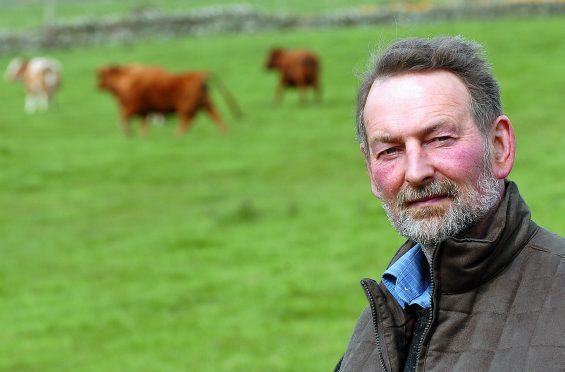History has a habit of repeating itself and the debate of sheep versus trees is no exception.
Although the National Sheep Association seems to have moderated its views on afforestation, there are still major concerns about trees replacing stock farming on more marginal agricultural land.
This is particularly the case with tenanted land, often situated on the fringes of the better arable areas. Here, upland and hill farms coming out of tenancies are frequently being planted with trees and to make matters worse, we are seeing some of the large estates bringing Limited Partnership and limited duration tenancies to an end to make way for trees.
This trend is not new and six years ago the trees versus sheep debate was instrumental in Cabinet Secretary, Richard Lochhead setting up the Woodland Expansion Advisory Group to manage woodland expansion targets in ways that would complement and integrate with other land uses, especially agriculture, wherever possible.
The report set woodland expansion targets at 10,000 hectares per year to 2022. It also recommended the type of tree to be planted and where tree planting should take place. Amongst other things, the report also looked at providing for better consultation with other land users and local communities.
For a variety of reasons, mainly associated with grant funding, woodland creation targets have not been met. Consequently the Scottish Government has recently announced an increase in targets from 10,000 hectares in 2020 to reach 15,000 hectares per year in 2025 and onwards.
There have also been promises of improved funding and greater prospects for the forestry industry post-Brexit. This has obviously given the forestry industry a new boost and is stimulating landowners to plant trees, raising again the dilemma of finding suitable land for trees without conflicting with agricultural production.
Scotland has a vast area of hill land and should be able to satisfy forestry targets without impinging on agricultural land. However, much of this land is comprised deep peat or is too steep and rocky for trees.
In addition, large areas are tied up in conservation or re-wilding schemes as well as the large tracts of privately owned land devoted to deer stalking and grouse shooting. The net effect is to move tree planting ambitions down the hill and put less productive agricultural land in the foresters’ sights.
Many landlords now view forestry as an attractive alternative to tenant farming and the losers in this drive towards tree planting the tenants and their families whose tenancies are being cut short leaving them to find new homes and occupations.
Most of these tenants will be in mid career and many will also have sons or daughters who would like to follow in their footsteps. This is quite callous treatment of tenants most of whom will have farmed the land for well over twenty years. The new Tenant Farming Commissioner will no doubt soon become involved in ensuring that these tenants are treated fairly.
Potential new entrants will be affected too as the traditional route into agriculture through upland stock farming becomes even more restricted. This could also create a role for the Land Commission in fostering more inclusive land use and even persuading landowners to follow the Forestry Commission’s example and create starter units from the pockets of unplanted land they are left with.
* Angus McCall farms at Culmaily Farm, near Golspie. He is an executive director at the Scottish Tenant Farmers’ Association
